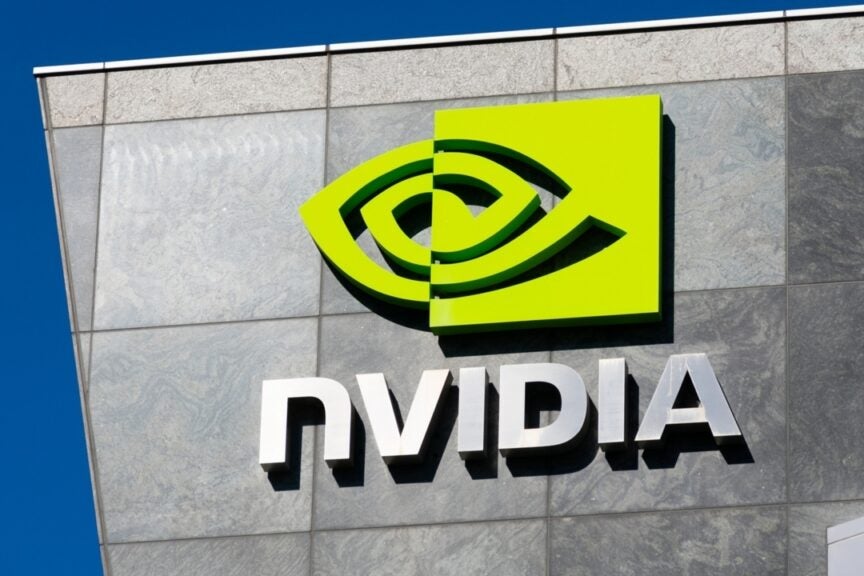Nvidia’s Future: Navigating Growth and Potential Slowdown
Nvidia has long been a titan in the semiconductor industry, renowned for its cutting-edge graphics processing units (GPUs) that power everything from gaming to artificial intelligence applications. However, as industry analysts weigh in on Nvidia’s trajectory, concerns about a potential slowdown are mounting. This piece delves into the implications for the chipmaker and the broader tech landscape, offering insights into what lies ahead for this influential company.
The Rise of Nvidia: A Historical Perspective
Nvidia’s journey began in 1993, and since then, it has evolved from a niche graphics company into a leader in AI and machine learning technologies. The introduction of the GeForce line of GPUs revolutionized gaming, while the Tesla and later A100 series chips positioned Nvidia at the forefront of AI research and development.
The explosive growth in demand for GPUs, particularly during the pandemic, fueled Nvidia’s revenues to unprecedented levels. The company reported a staggering $26.91 billion in revenue for fiscal 2022, largely driven by its dominance in gaming and data center markets. As a result, Nvidia’s stock price soared, making it one of the most valuable companies in the world.
Current Market Dynamics and Challenges
Despite its robust growth, Nvidia faces several challenges that could impact its future trajectory. Analysts have observed a cooling demand for GPUs, particularly in the gaming sector, which has raised eyebrows among investors. The post-pandemic return to normalcy has led to a decline in gaming hardware sales, as many consumers are no longer upgrading their systems at the same pace.
- Supply Chain Constraints: Ongoing global supply chain issues have also affected Nvidia’s ability to meet demand. With semiconductor shortages persisting, the company has struggled to keep up with orders, leading to potential revenue losses.
- Increased Competition: The competitive landscape is heating up, with rivals like AMD and Intel making significant strides in GPU technology. This competition could lead to price wars that may erode Nvidia’s market share and profit margins.
- Regulatory Scrutiny: Nvidia’s proposed acquisition of ARM Holdings has faced regulatory hurdles, which could impact its strategic plans and growth initiatives.
Implications of a Potential Slowdown
The potential slowdown in growth raises several questions regarding Nvidia’s future. If the company does not adapt quickly to the changing market dynamics, it could face several challenges:
- Financial Performance: A significant drop in revenue could lead to a decline in stock prices, impacting investor confidence and the company’s overall market valuation.
- Innovation Stagnation: Nvidia’s ability to invest in research and development could be hampered if revenue declines, potentially stalling innovations that have kept the company ahead of the curve.
- Workforce Implications: A slowdown may lead to workforce reductions or a hiring freeze, which could affect the company’s talent acquisition and retention strategies.
Strategies for Sustaining Growth
Despite these challenges, Nvidia has several strategies in place that could help it navigate through potential slowdowns and sustain growth:
- Diversification: Nvidia has been diversifying its product offerings beyond gaming and data centers. Its foray into automotive technology and AI software solutions presents new revenue opportunities.
- Partnerships and Collaborations: Collaborating with other tech giants can pave the way for innovative product development. Nvidia has already partnered with companies like Microsoft to enhance its cloud gaming and AI capabilities.
- Focus on AI and Machine Learning: As businesses increasingly adopt AI technologies, Nvidia is well-positioned to capitalize on this trend with its powerful GPUs and software frameworks like CUDA.
The Broader Tech Landscape
The implications of Nvidia’s potential slowdown extend beyond the company itself; they resonate throughout the tech industry. Nvidia’s growth has been a significant driver of advancements in various sectors, and a slowdown could have a ripple effect:
- Impact on AI Development: Nvidia’s GPUs are integral to AI research and development across various industries. A decline in Nvidia’s growth could hinder advancements in this critical area.
- Investor Sentiment: Nvidia’s stock performance often serves as a bellwether for the broader tech market. A slowdown could dampen investor sentiment, affecting tech stocks across the board.
- Supply Chain Effects: Nvidia’s struggles with supply chain issues could highlight vulnerabilities in the semiconductor industry, prompting industry-wide changes and reforms.
Conclusion: A Future of Opportunities and Challenges
Nvidia’s future, while filled with potential, is not without its challenges. As the company faces mounting concerns about a slowdown, it will need to remain agile and innovative to navigate the evolving tech landscape. By focusing on diversification, strategic partnerships, and capitalizing on the growth of AI technologies, Nvidia can continue to thrive even in the face of adversity.
In the coming years, how Nvidia adapts to market changes will be crucial. The company has a storied history of resilience, and while the path ahead may be fraught with challenges, it also offers opportunities for growth and innovation. For investors, stakeholders, and tech enthusiasts, keeping a close eye on Nvidia’s strategies will be essential to understanding the future of not just the company, but the broader tech ecosystem.
See more Future Tech Daily

